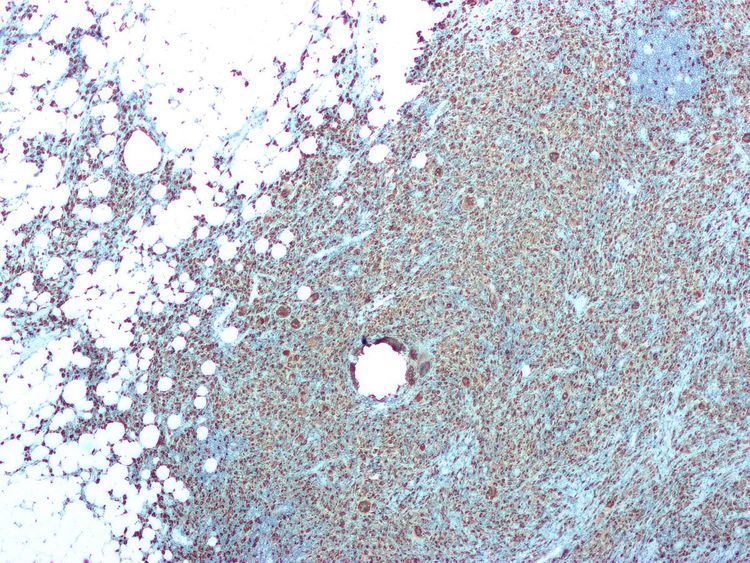ICD-10 P23.6, A63.8, A49.3 MeSH D016869 | eMedicine med/2340 | |
 | ||
Micoplasma hominis infection is caused by the bacteria Mycoplasma hominis. Micoplasma hominis infection is spread through vaginal intercourse, oral-to-genital contact, and vertically from mother to her infant in utero or by the colonization by the bacteria as the baby descends through the birth canal or by nosocomial acquisition through transplanted tissues. It is not present in the normal vaginal microbiota. It can also be present in bacterial vaginosis.
Contents
Signs and symptoms
Those with urogenital or extragenital infections caused by M. homonis have symptoms similar to other sexually transmitted infections and its presence cannot be determined by its symptoms. Unfortunately, some clinicians are not completely familiar with Mycoplasma and Ureaplasma species as sexually transmitted diseases. There is also a lack of testing facilities that can culture or use PCR testing to diagnose this infection. This infection is sometimes identified as 'last resort" after all other infections or diseases are ruled out. This is especially true if antibiotic treatment with medications are ineffective.The following effects and symptoms can be caused by Mycoplasma hominis:
Mycoplasma hominis often is present in polymicrobial infections, When present in patients with some of these conditions being one of several organisms may be present causing the infection.
Neonatal infection
Neonates, especially if preterm, are susceptible to Mycoplama infections organisms through vertical transmission or colonization through passing the birth canal or in utero. If the bacteria is present in the bloodstream it can access the central nervous system. If Mycoplasma hominis and Ureaplasma organisms are specifically sampled and cultured, they are of etiologic significance in neonatal lung disease, bacteremia, and meningitis. There are no characteristic signs and symptoms that can determine the type of pathogen present. Subtle manifestations, such as temperature instability, blood pressure fluctuations, heart rate, and respiratory efforts, may be the only clues that an infection is present. Clinicians can consider Mycoplasma species if signs and symptoms of infection are present and if the infant does not improve with administration of beta-lactam medications. Deaths have occurred in neonates with septicemia and meningitis caused by Mycoplasma hominis. In some studies, the bacteria became undetectable cerebrospanal fluid (CSF) without treatment.
Prevention
If symptomatic, testing is recommended. The risk of contracting Micoplasma infection can be reduced by the following:
Treatment
Mycoplasmas have a triple-layered membrane and lack a cell wall. Commonly used antibiotics are generally ineffective because their efficacy is due to their ability to inhibit cell wall synthesis. Micoplasmas are not affected by penicillins and other antibiotics that act on the cell wall. The growth of micoplasmas in their host is inhibited by other broad-spectrum antibiotics. These broad-spectrum antibiotics inhibit the multiplication of the mycoplasma but does not kill them. Tetracyclines, macrolides, erythromycin, macrolides, ketolides, quinolones are used to treat mycoplasma infections. In addition to the penicillins, mycoplasmas are resistant to rifampicin. Mycoplasmas may be difficult to eradicate from human or animal hosts or from cell cultures by antibiotic treatment because of resistance to the antibiotic, or because it does not kill the mycoplasma cell. Mycoplasma cells are able to invade the cells of their hosts.
